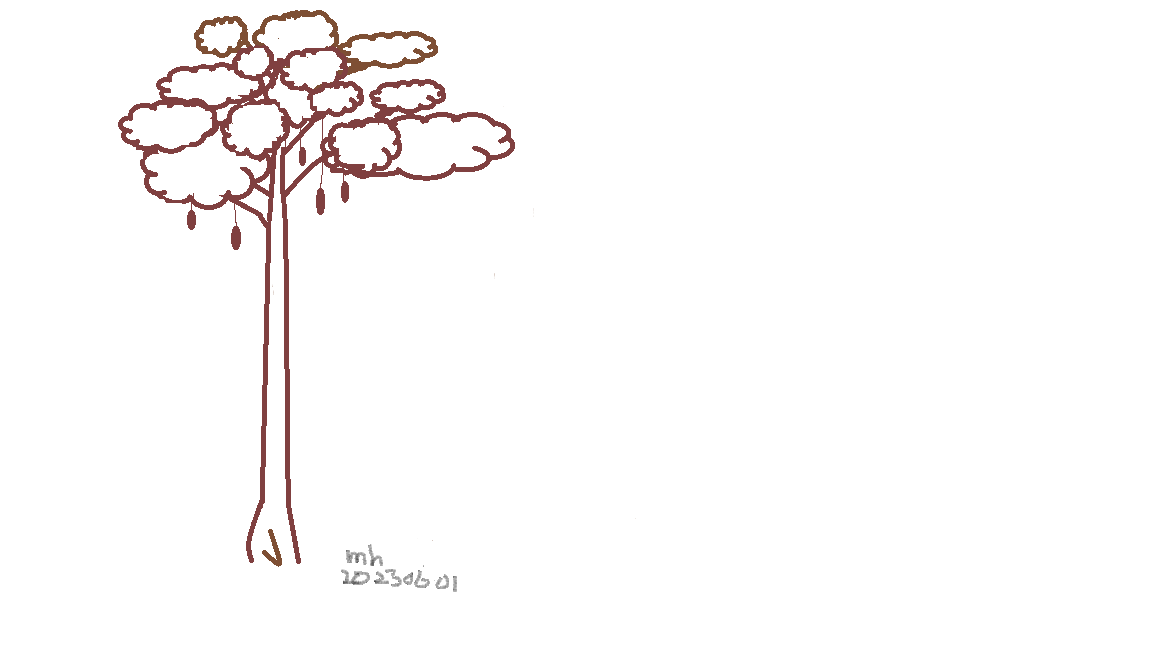By Macsood Hoosein
What is the National Tree of Guyana? Answer: Not declared.
That is the result obtained if you were to perform an internet search on the question. To be clear, Guyana has a national flower, it is a flower and not a tree. Guyana does not have a national tree. Why is this important?
In general, a tree is a large plant, typically with a single woody stem or trunk that grows to several meters in height and which has a lifespan of many years. In the upper end of the set, trees can grow for more than one hundred years and to heights of more than fifty meters. The redwoods of North America can get even bigger than that, for example. Trees can grow in assemblages, forming the dominant structural feature in forests, or more individually as prominent elements in an open landscape. Trees carry a lot of history (what would you expect from something that has been around for centuries and can outlive a human being?), are important in the economy, our mental and physical health, identify, and the lives of a multitude of living things. Given such importance and prominence, it is no wonder that many countries have a designated tree as one of their national symbols.
I have, incidentally, lived in four countries and, of those four, only Guyana has no designated national tree. More broadly, of the thirteen countries in South America, nine have a national tree. Only the three Guianas and one other country on the continent have no national tree.
The designation of a national tree, when there is that option, can carry a lot of meaning and benefit to a country. Consider that such a designation can increase interest in the national patrimony, natural history, biodiversity, environment, and in the teaching of science, engineering, and business in the educational system and among the wider populace. For a country like Guyana looking to develop its tourism industry, the designation of a national tree would likely have quantifiable economic benefit and itself add an element to tourist appeal and interest.
Apart from the fledgling tourism industry, Guyana is a country with a rare three quarters of its land under forest cover. The country is believed to have more than a thousand species of trees, some of which have attributes that would make them suitable to be considered the national tree. How appropriate, then, would it be for a country such as this to have a tree added to its national symbols. And, given the recent rapid growth of petroleum extraction locally, Guyana’s trees and forests come into sharper perspective as ballasts for keeping the country net-neutral when accounting for all the emissions from the extensive petroleum value chain.
The benefits align with the country’s interests, the timing is right, and there are multiple native candidate species that meet the criteria for such a designation. It is not too late. Designating a national tree would help distinguish Guyana, raising awareness, pride and appeal in the country. What is my list of candidate trees and the rationale for each being on the list? I will hold that for later in the national input process out of a desire not to exert undue bias. Suffice it to say that the names on the list each contribute different attributes of value.
Therefore, over to you honourable Members of Parliament.





